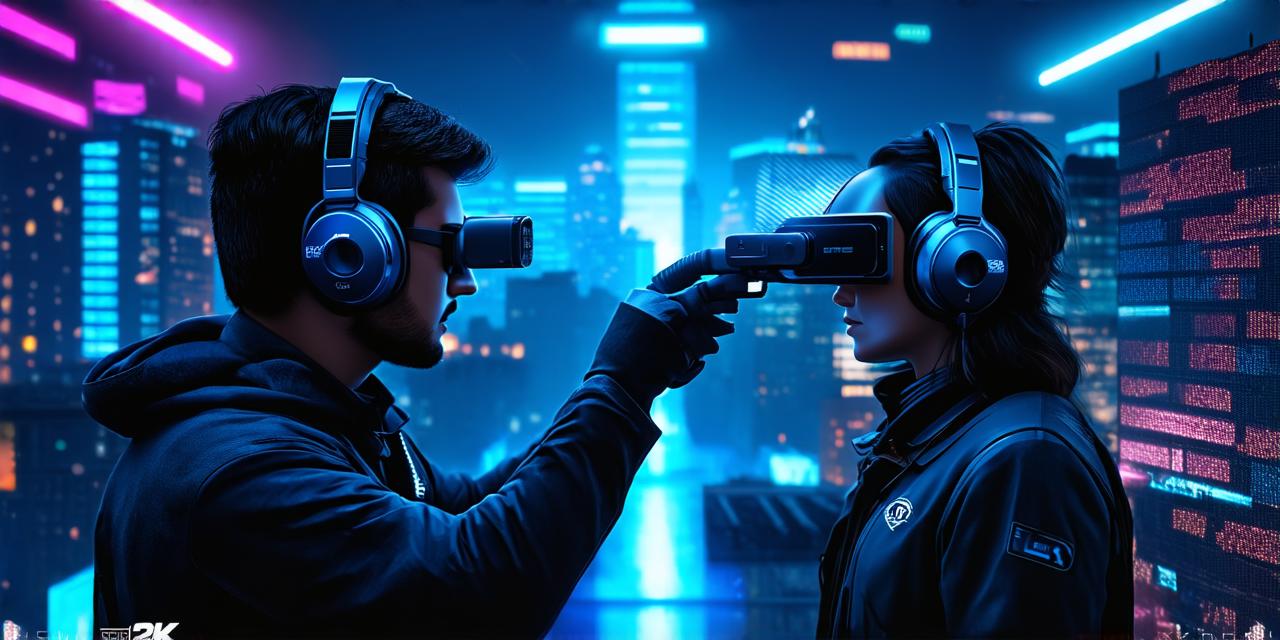
What sets augmented reality apart from virtual reality?
Virtual reality (VR) and augmented reality (AR) are two emerging technologies that have captured the imagination of many people.
What is Augmented Reality?
Augmented reality is a technology that overlays digital content onto the real world. It enhances or “augments” the user’s perception of the physical environment by adding computer-generated graphics, sounds, and other sensory information to it. AR applications use sensors, cameras, and algorithms to track the user’s position in the real world and then superimpose digital objects onto the camera feed.
Some popular examples of AR include Snapchat filters, Pokemon Go, and IKEA Place. AR apps allow users to see how furniture would look in their home before they buy it, or how a new car would look on their driveway.
What is Virtual Reality?
Virtual reality, on the other hand, is a technology that creates a completely artificial environment for the user to interact with. VR headsets, sensors, and controllers create a fully immersive experience by tracking the user’s movements and adjusting the virtual world accordingly.
Some popular examples of VR include Oculus Rift, HTC Vive, and PlayStation VR. VR apps allow users to explore a completely virtual world, such as a video game or a 3D model, and interact with it in a way that simulates real-world movement.
Key Differences between AR and VR
Now that we have defined what AR and VR are let’s look at the key differences between them:
Real vs. Virtual World
The most significant difference between AR and VR is the type of world they create for the user. AR overlays digital content onto the real world, while VR creates a completely artificial environment.
Interactivity vs. Immersivity
AR apps are designed to be interactive, allowing users to explore and interact with digital content in the real world. VR apps, on the other hand, are designed to be immersive, providing a fully artificial environment for the user to explore.
Hardware Requirements
AR apps can run on smartphones, tablets, and laptops with cameras and sensors, making them accessible to a wide range of users. VR apps require specialized hardware such as headsets, controllers, and high-performance computers, limiting their accessibility.

Cost vs. Complexity
AR apps are generally cheaper and easier to develop than VR apps. AR apps can be developed using existing software tools and platforms, while VR apps require specialized knowledge and development frameworks. VR apps also require more complex hardware, which increases the cost of development.
Use Cases for AR and VR
Now that we have looked at the key differences between AR and VR let’s explore some use cases for each:
Augmented Reality
AR has many practical applications in various industries, including:
- Retail: AR apps allow retailers to showcase products in 3D and provide customers with a better understanding of how they will look in their home or on their body.
- Education: AR apps can be used to teach anatomy, history, and other subjects by overlaying digital content onto the real world.


